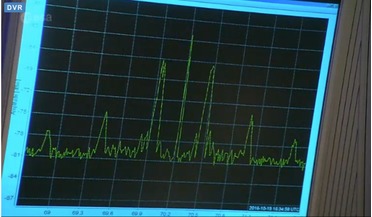 19 October 2016
Success for TGO orbit insertion and its looking good for Schiaparelli too
19 October 2016
Success for TGO orbit insertion and its looking good for Schiaparelli too
...hopefully being successful. Scientists using the the Giant Metrewave Radio Telescope (GMRT) in India and a fleet of NASA and... keenly to Schiaparelli’s on-board UHF (ultra-high frequency) radio that it is using to transmit signals during the entry,...
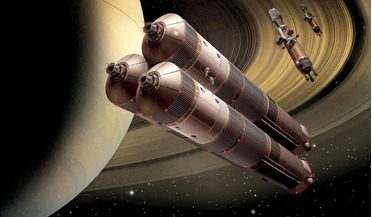 June 2018
Space 2080 a future perspective
June 2018
Space 2080 a future perspective
... which drift with the winds. Following the characterisation of gravitational waves by the eli’Sa mission in the 2030s, radio telescopes scrutinise the depths of our universe in order to understand the nature of the shock waves coming probably from...
 October 2019
Are we prepared for SETI discovery?
October 2019
Are we prepared for SETI discovery?
... the cosmic background is less intrusive. The devices used (mostly in America, Australia and Europe) were giant radio telescopes; the preferred targets were solar-type stars within our galaxy. Rapid technological development made it possible...
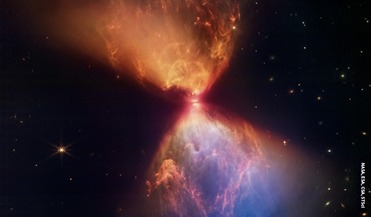 January 2023
Is human space exploration DOOMED?
January 2023
Is human space exploration DOOMED?
..., the intensity of metabolism grows, leading to subsequent intensifications of metabolism. The microquasar SS433, captured by the VLA radio telescope. Do its emissions contain musical scales? In my view, the so-called ‘meaning of life’ has to do with...
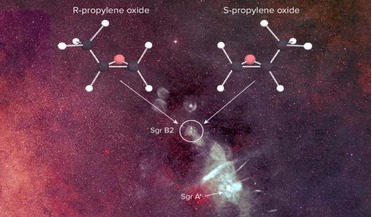 15 June 2016
Scientists discover a chiral molecule outside of our solar system for the first time
15 June 2016
Scientists discover a chiral molecule outside of our solar system for the first time
... star-forming cloud known as Sagittarius B2 (Sgr B2) by researchers primarily using the National Science Foundation's Green Bank Telescope (GBT) in West Virginia as part of the Prebiotic Interstellar Molecular Survey, this puzzle is one step closer...
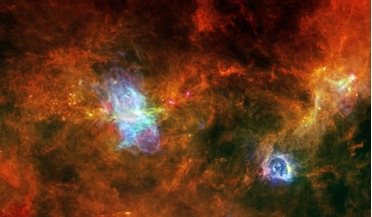 29 August 2016
Dust is the key to producing complex organic molecules in space
29 August 2016
Dust is the key to producing complex organic molecules in space
... they produced via reactions on the surface of interstellar dust grains? Using the Green Bank Telescope, the IRAM 30m millimetre radio telescope and the Submillimeter Array, a team of scientists based in Italy have analysed spectra from G31...